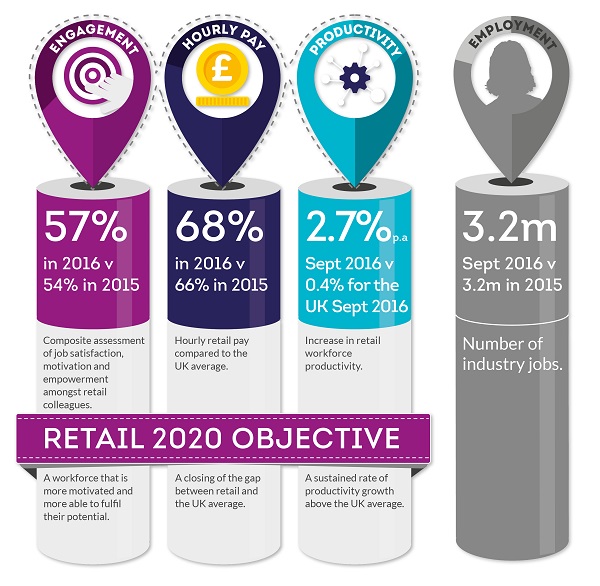LONDON, UK, 2017-Oct-12 — /EPR Retail News/ — Covering the four weeks 27 August – 30 September 2017
In September, UK retail sales increased by 1.9% on a like-for-like basis from September 2016, when they had increased 0.4% from the preceding year.
On a total basis, sales rose 2.3% in September, against a growth…


